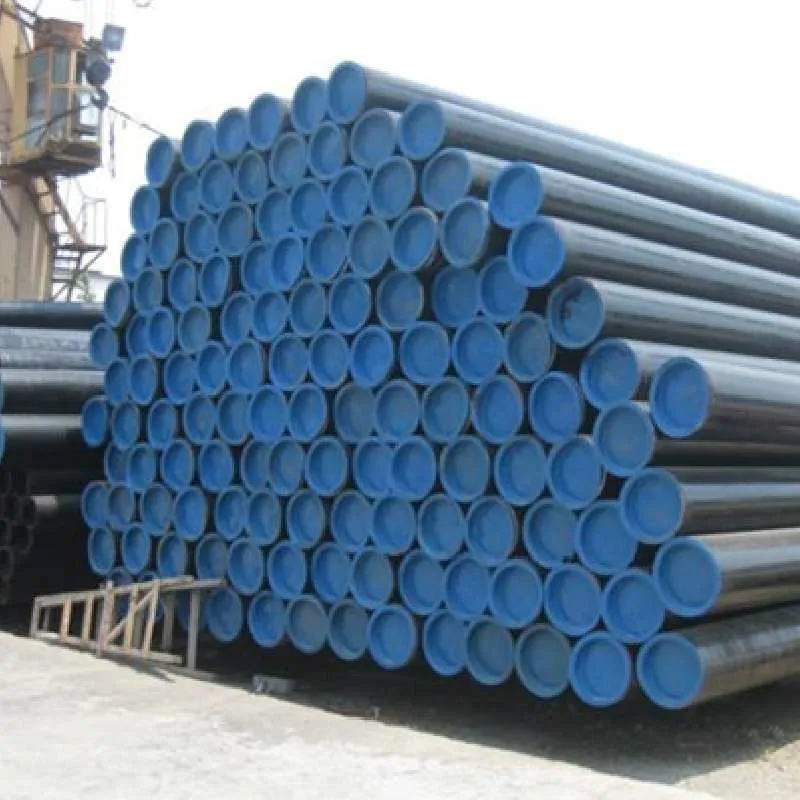-
Cangzhou Yulong Steel Co., Ltd.
-
Phone:
+86 13303177267 -
Email:
admin@ylsteelfittings.com
- English
- Arabic
- Italian
- Spanish
- Portuguese
- German
- kazakh
- Persian
- Greek
- French
- Russian
- Polish
- Thai
- Indonesian
- Vietnamese
- Zulu
- Korean
- Uzbek
- Hindi
- Serbian
- Malay
- Ukrainian
- Gujarati
- Haitian Creole
- hausa
- hawaiian
- Hebrew
- Miao
- Hungarian
- Icelandic
- igbo
- irish
- Japanese
- Javanese
- Kannada
- Khmer
- Rwandese
- Afrikaans
- Albanian
- Amharic
- Armenian
- Azerbaijani
- Basque
- Belarusian
- Bengali
- Bosnian
- Bulgarian
- Catalan
- Cebuano
- China
- China (Taiwan)
- Corsican
- Croatian
- Czech
- Danish
- Esperanto
- Estonian
- Finnish
- Frisian
- Galician
- Georgian
- Kurdish
- Kyrgyz
- Lao
- Latin
- Latvian
- Lithuanian
- Luxembourgish
- Macedonian
- Malgashi
- Malayalam
- Maltese
- Maori
- Marathi
- Mongolian
- Myanmar
- Nepali
- Norwegian
- Norwegian
- Occitan
- Pashto
- Dutch
- Punjabi
- Romanian
- Samoan
- Scottish Gaelic
- Sesotho
- Shona
- Sindhi
- Sinhala
- Slovak
- Slovenian
- Somali
- Sundanese
- Swahili
- Swedish
- Tagalog
- Tajik
- Tamil
- Tatar
- Telugu
- Turkish
- Turkmen
- Urdu
- Uighur
- Welsh
- Bantu
- Yiddish
- Yoruba

Dec . 18, 2024 00:11 Back to list
A Comprehensive Guide to ANSI B16.21 Standards and Best Practices in Flanged Joints
Understanding ANSI B16.21 The Importance of Standardized Pipe Flanges
In the world of industrial piping systems, the importance of standardized practices cannot be understated. Among these standards, ANSI B16.21 plays a crucial role in the design and application of pipe flanges. This standard, developed by the American National Standards Institute (ANSI), provides guidelines for the manufacturing and testing of non-metallic flanges used in various piping systems across multiple industries.
The Foundation of ANSI B16.21
ANSI B16.21 outlines the specification for Non-Metallic Flat Faced Pipe Flanges. To fully understand its importance, it’s essential to appreciate what flat-faced flanges are and why they are significant. These types of flanges are designed to be mated with a flat-faced counterpart, allowing for excellent sealing capabilities, particularly in low-pressure applications or in systems where the risk of corrosion is high. The use of non-metallic materials in certain environments adds to their appeal since they can withstand various corrosive substances better than traditional metallic flanges.
Key Features of ANSI B16
.211. Material Specifications ANSI B16.21 specifies the types of non-metallic materials suitable for flange manufacturing. This inclusion of materials such as plastic and rubber makes these flanges adaptable for different environments, especially where chemical resistance or thermal insulation is required.
2. Dimensions and Tolerances The standard details the allowable dimensions and tolerance levels for for non-metallic flanges. This is crucial for manufacturers to ensure that every flange produced meets a specific standard, allowing for interoperability across various systems and enhancing safety.
3. Testing Requirements To ensure quality and reliability, ANSI B16.21 outlines testing protocols that flanges must undergo. This includes pressure tests, leak tests, and tests to check the integrity of the material. Meeting these testing standards ensures that the flanges perform effectively under operational stress.
4. Installation Guidelines Proper installation is critical for any piping system, and ANSI B16.21 provides guidelines to ensure that non-metallic flanges are installed correctly. This includes recommendations on tools, torque specifications, and maintenance practices, ensuring longevity and reliability.
ansi b16 21

5. Interchangeability and Compatibility By standardizing the dimensions and materials, ANSI B16.21 facilitates the interchangeability of flanges across different manufacturers. This is beneficial for industries such as oil and gas, water, and chemical processing, where a variety of components may need to be replaced or integrated over time.
The Importance of Compliance
Compliance with ANSI B16.21 is vital for engineers, manufacturers, and contractors. By adhering to these standards, companies can ensure that their piping systems are safe, efficient, and reliable. The repercussions of neglecting these standards can be severe, potentially leading to leaks, system failures, and even catastrophic incidents.
Additionally, compliance with ANSI standards is often a requirement for regulatory approvals. Industries that operate under strict safety and environmental regulations must ensure that all components used—including pipe flanges—meet the relevant standards to avoid legal repercussions and promote sustainability.
The Future of ANSI B16.21
As technology advances and industries evolve, ANSI B16.21 may undergo revisions to accommodate new materials, improved manufacturing processes, and emerging environmental considerations. The drive toward more sustainable practices may lead to the incorporation of biodegradable materials or innovations in design that enhance efficiency.
Moreover, as global markets continue to integrate, the relevance of ANSI B16.21 will likely extend beyond American borders. International adoption of American standards, or the establishment of similar protocols in other countries, can facilitate a unified approach to piping systems, enhancing safety and performance on a global scale.
Conclusion
In conclusion, ANSI B16.21 plays a pivotal role in the manufacturing and application of non-metallic pipe flanges. Its comprehensive guidelines ensure that these crucial components meet high standards of safety, efficiency, and reliability. As industries continue to innovate and evolve, the relevance of ANSI B16.21 will remain significant, promoting best practices in piping systems worldwide. For professionals in the field, familiarity with this standard is essential for effective design, implementation, and maintenance of piping systems, ensuring a safe and sustainable future for industrial operations.
Latest news
-
ANSI 150P SS304 SO FLANGE
NewsFeb.14,2025
-
ASTM A333GR6 STEEL PIPE
NewsJan.20,2025
-
ANSI B16.5 WELDING NECK FLANGE
NewsJan.15,2026
-
ANSI B16.5 SLIP-ON FLANGE
NewsApr.19,2024
-
SABS 1123 FLANGE
NewsJan.15,2025
-
DIN86044 PLATE FLANGE
NewsApr.19,2024
-
DIN2527 BLIND FLANGE
NewsApr.12,2024
-
JIS B2311 Butt-Welding Fittings LR/SR 45°/90° /180°Seamless/Weld
NewsApr.23,2024











